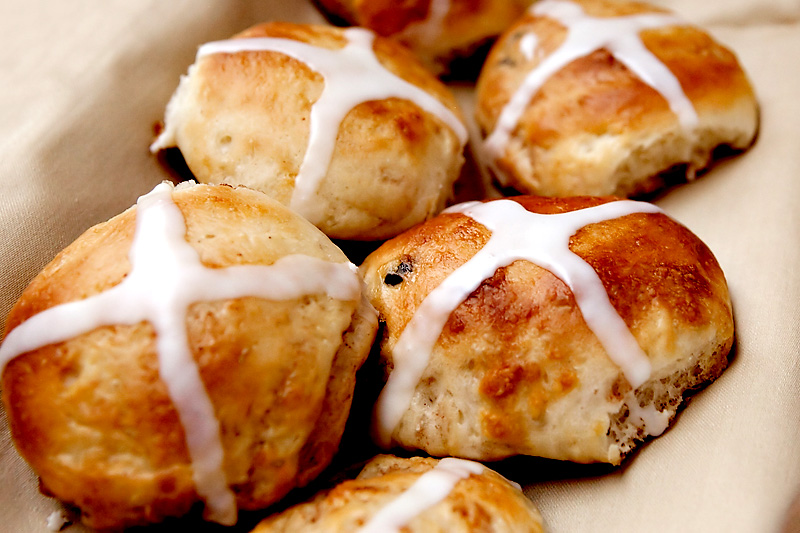Easter is the joyful celebration of Christ’s
breaking the bonds of death and appearing to his friends and followers in
bodily form. Easter Day is celebrated on the first Sunday following the first
full moon on or after the spring equinox; the Easter season extends through the
next seven weeks.
The word “Easter” refers to the east, to
the rising sun. Pagan converts who
had worshipped a sun god saw in the nightly death and daily rebirth of the sun
a representation of Jesus’ death and resurrection; consequently, not only the
name but many of our Easter customs incorporate these older practices.
The gospel accounts of the resurrection
indicate that the experience was confusing and frightening at first for Jesus’
friends. Because Jesus returns to
his followers in bodily form, he is familiar and dear to them, but because he
is risen from the dead, he is also profoundly “other”. Easter celebrates an
event beyond our understanding, a demonstration of God’s love for humanity that
defies all expectation.
The Light of Christ
An old European belief said that the sun itself
literally dances for joy on Easter morning; anyone who sees the sun dancing at
dawn that day will have good luck all year. This belief led to the practice of going to high places
early on Easter to witness dawn. In
the United States, dawn comes first to Cadillac Mountain in Maine, and every
Easter people gather there to watch the sun rise out of the North
Atlantic.
Back
when women didn’t have the leisure to join the watchers but were expected to be
home preparing the morning meal, they would put a pan of water or a mirror on
the windowsill to catch the first dancing rays of the sun.
In
pre-Christian Europe, pagans used to burn bonfires in the spring to honor the
sun god. Such practices were
outlawed during the early years of conversion, but St. Patrick Christianized
the idea by blessing a new fire at Easter. In Patrick’s time, people would
bring sticks to light in the new fire, and then take the burning sticks home to
light their own lamps and fires.
In our own time, people light candles from a newly stuck fire at the
Easter Vigil and then use the candles to light the dark church during the first
part of the service.
Holy Water
As Holy Saturday moves toward Easter, this is
referred to as the Passover of Jesus since this is when he passed from death to
life. The ancient name for Easter
was Pasch, derived from the Hebrew word for Passover. The
blessing of water for baptism during the Easter Vigil includes overt reference
to the first Passover: the survival of the Israelites as death passed over
their homes, and their subsequent escape through the parted waters of the Red
Sea.
Throughout
ancient Europe, pagans revered the waters of spring that seemed to melt the ice
on streams and ponds. People would splash each other with spring waters for
health and good luck. (Some
European farmers still sprinkle their animals with water drawn during the
Easter season.) Christian priests
adapted this custom by blessing local streams and ponds on Easter Day. Just as people took home fire from the
newly blessed Easter fire, so they took home water gathered on Easter and saved
it all year to use for its healing quality.
Making Hot Cross Buns
Originally
these were very plain buns with a cross made out of dough across the top; they
were eaten on Good Friday. Now the
buns are sometimes filled with fruits and nuts, then topped with a cross made
of frosting. They are often eaten throughout
Lent, as well as on Easter.
As you make these buns with the children, tell them how the bread
of sorrow became the sweet bread of celebration. While you’re working, if you know the old street vendor’s
“Hot Cross Buns” call, teach it to them. You can find a version at: http://www.youtube.com/watch?v=Ndd-6WB5vlo
To
make hot cross buns, use your favorite basic sweet bread recipe, or go online
to find one. You can also use frozen bread dough, defrosted. Whatever dough you
use, while you are kneading, you can add either candied fruit or dried apricots
and raisins, steamed soft and (for the apricots) cut into small pieces; you can
include chopped walnuts, too, if the children like nuts, and flavor the dough
with a teaspoon of allspice or cinnamon.
Dough made with four cups of flour will make about 20 buns. After the
dough has gone through one rising, punch it down and have the children shape it
into smooth balls,. Set them two
inches apart on a greased baking sheet and flatten slightly with the palm of
your hand or the bottom of a glass or mug. Preheat the oven to 375 degrees. Let
the buns rise until double in bulk, brush with a wash made of an egg yolk
beaten with a tablespoon of milk or cream, then bake for about 12 minutes.
Remove to wire cooling racks and -- after they are cool -- draw a cross on each
bun using a simple confectioners sugar frosting (a cup of powdered sugar, a
tablespoon of cold milk, and a teaspoon of vanilla). Note: if you try
to put the frosting crosses on while the buns are still hot, the frosting will
melt and slide off. Let them cool.

No comments:
Post a Comment